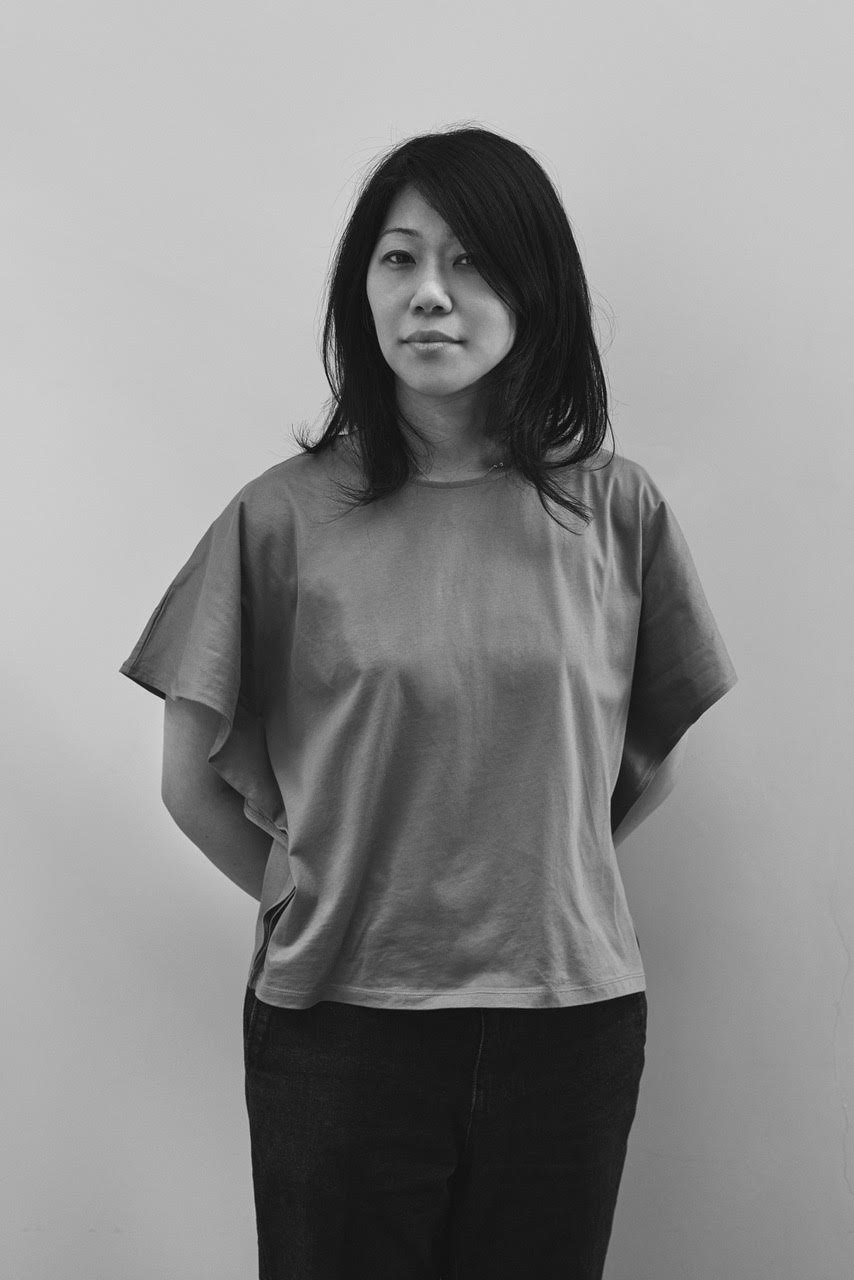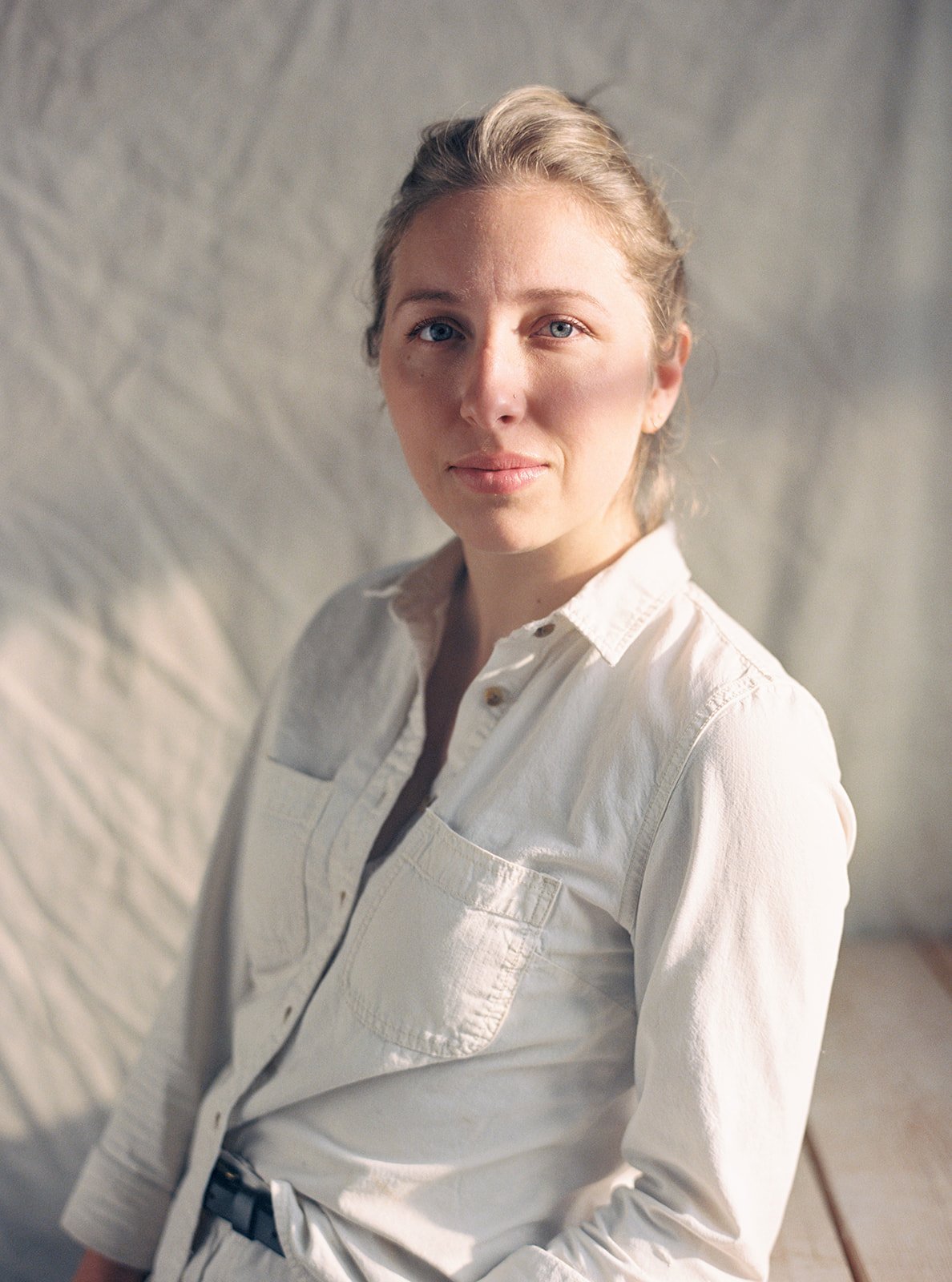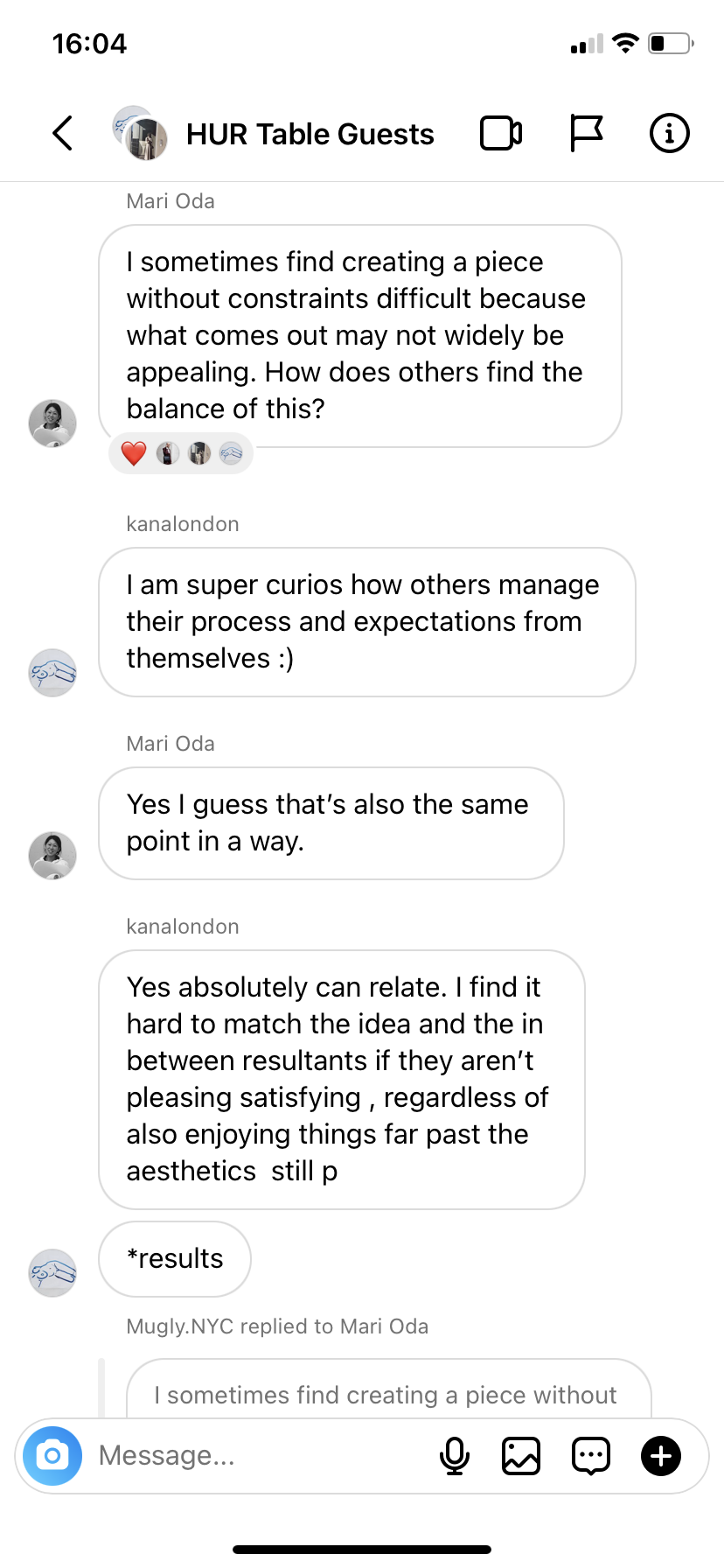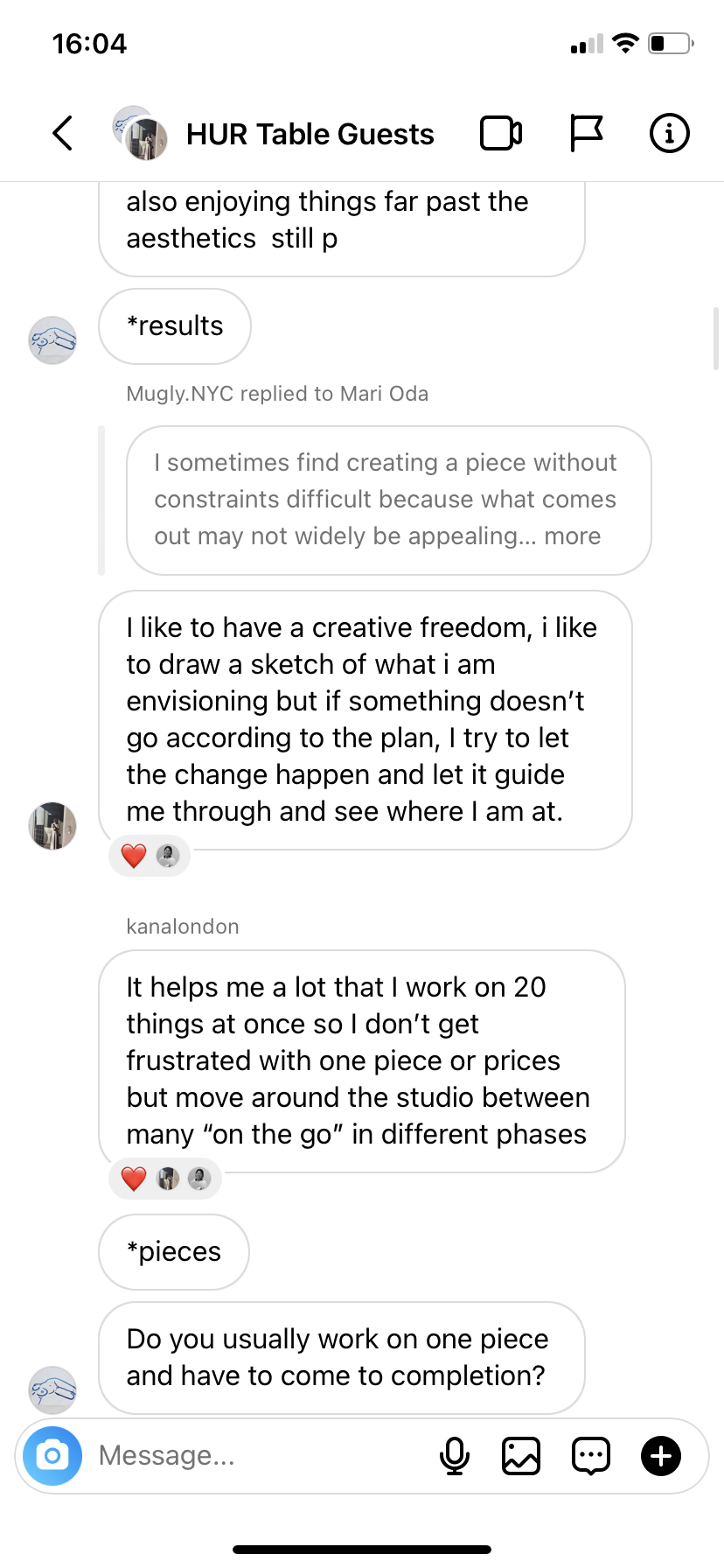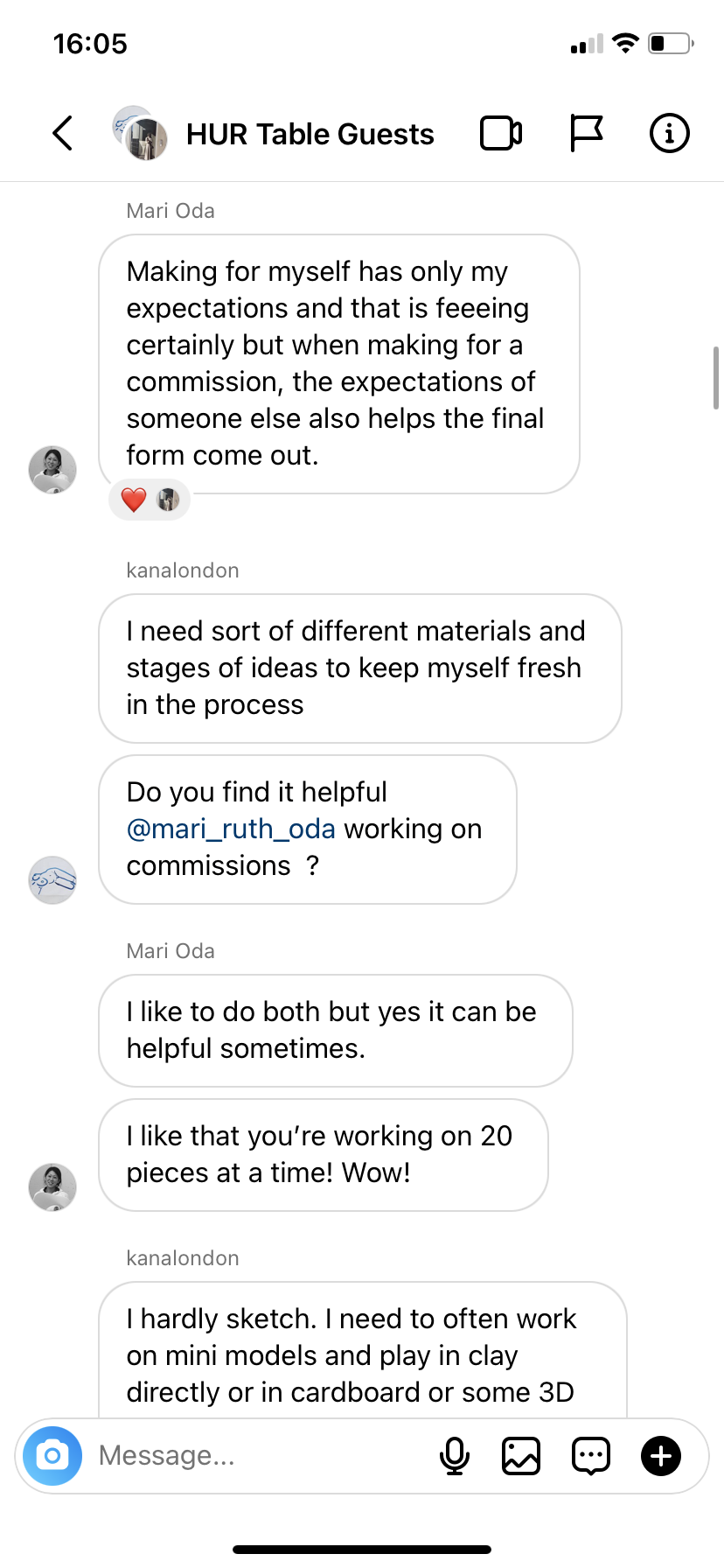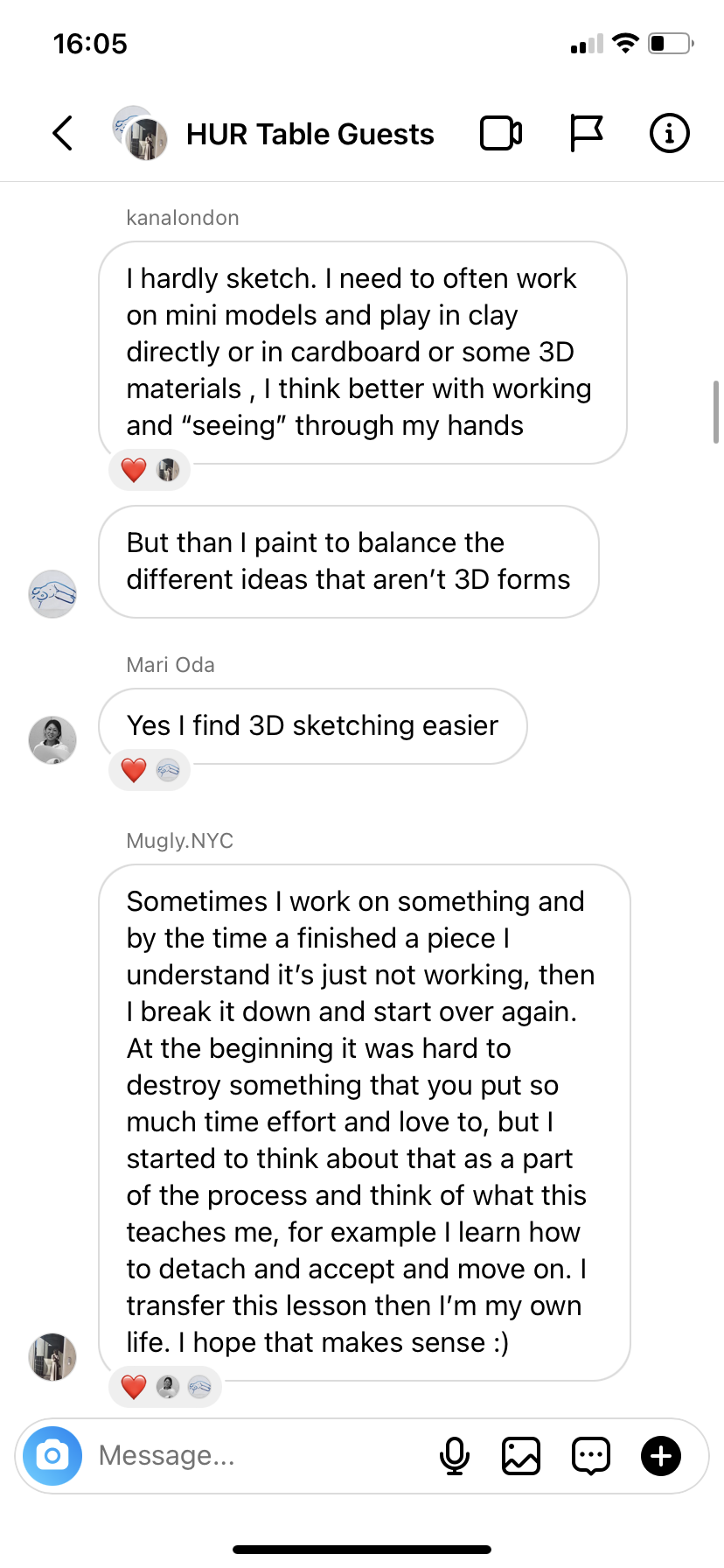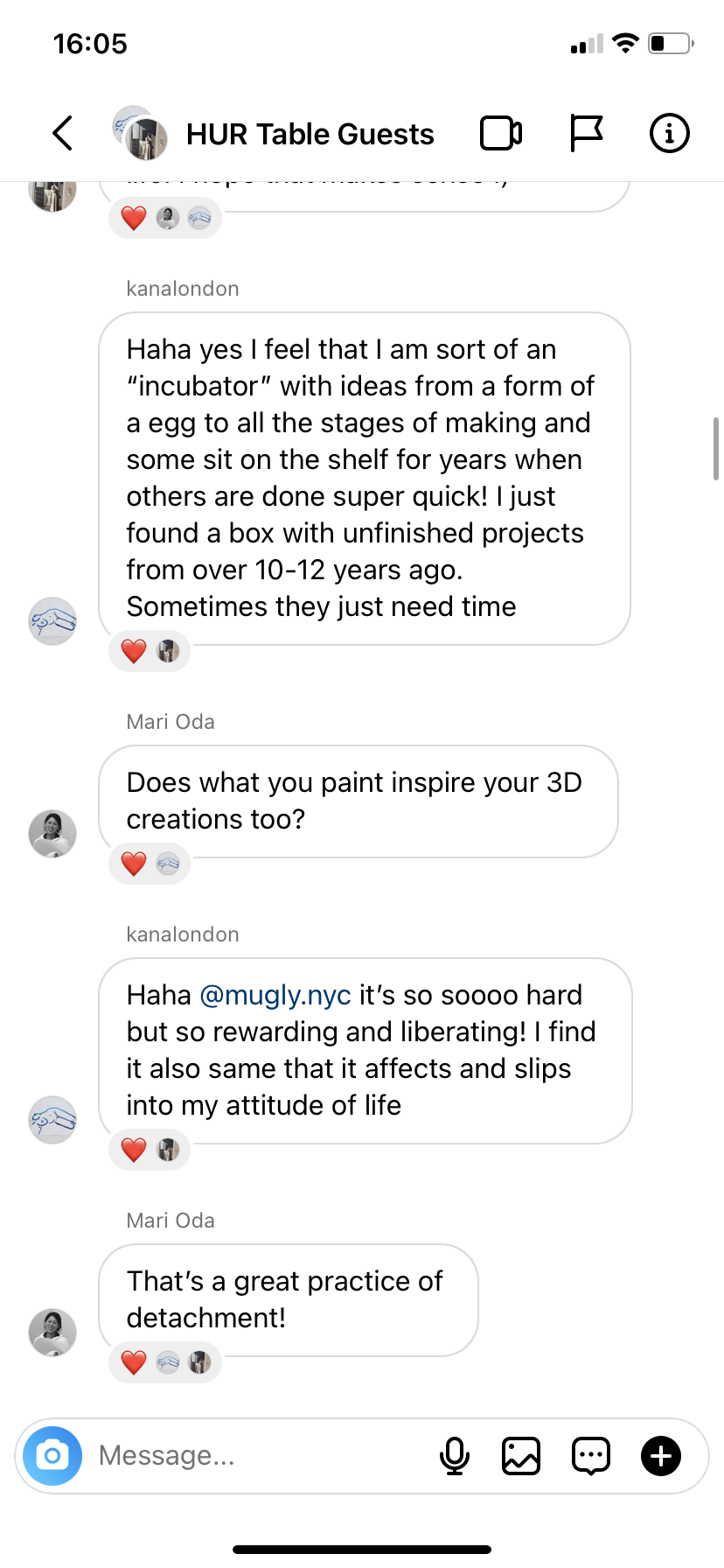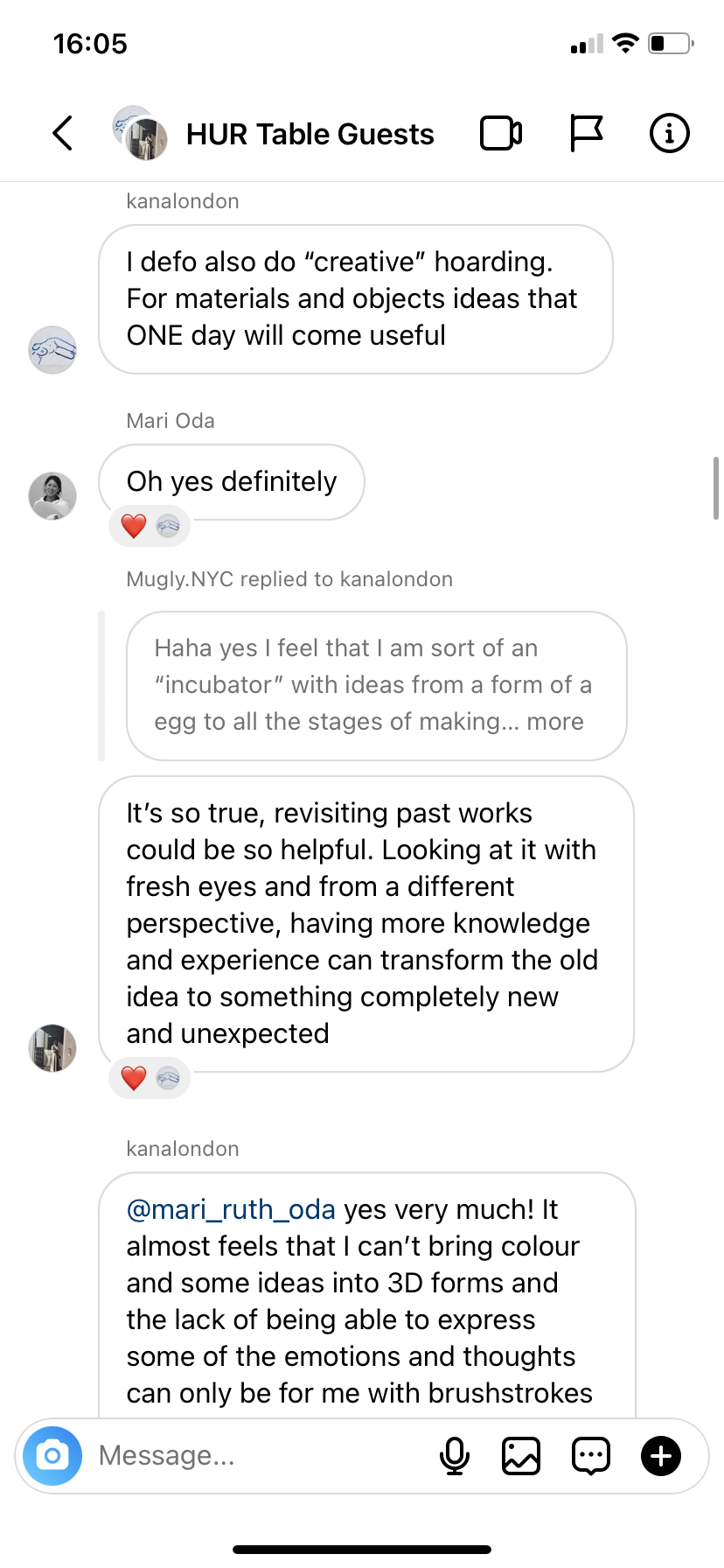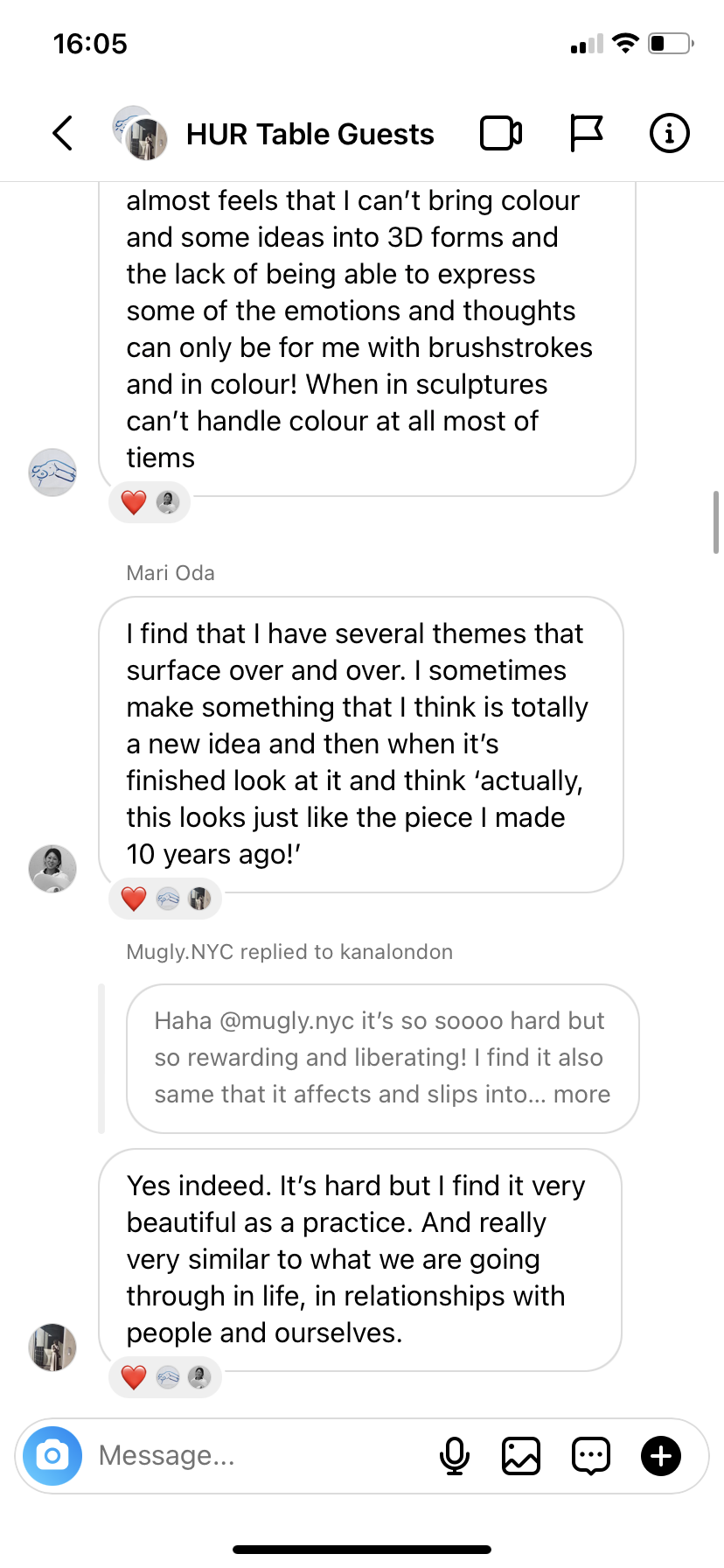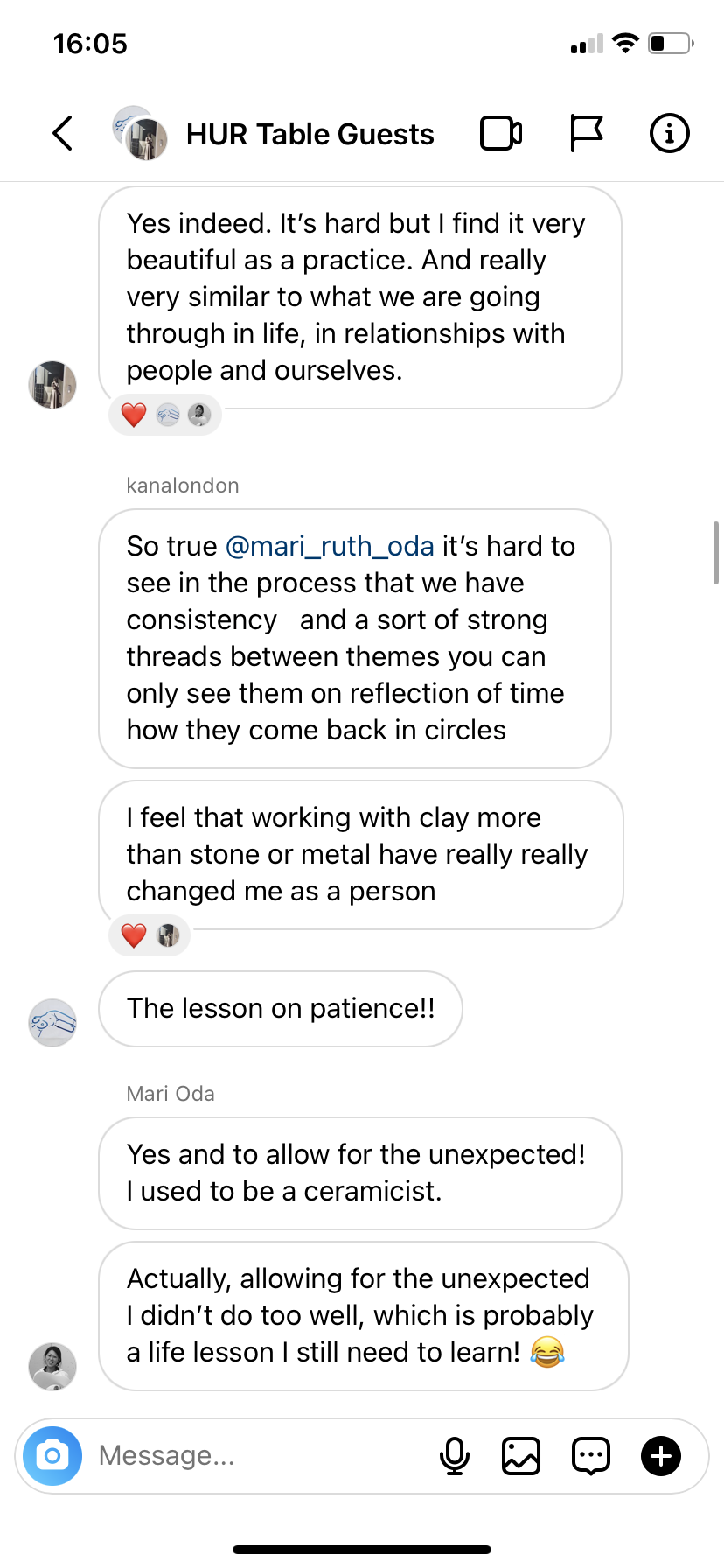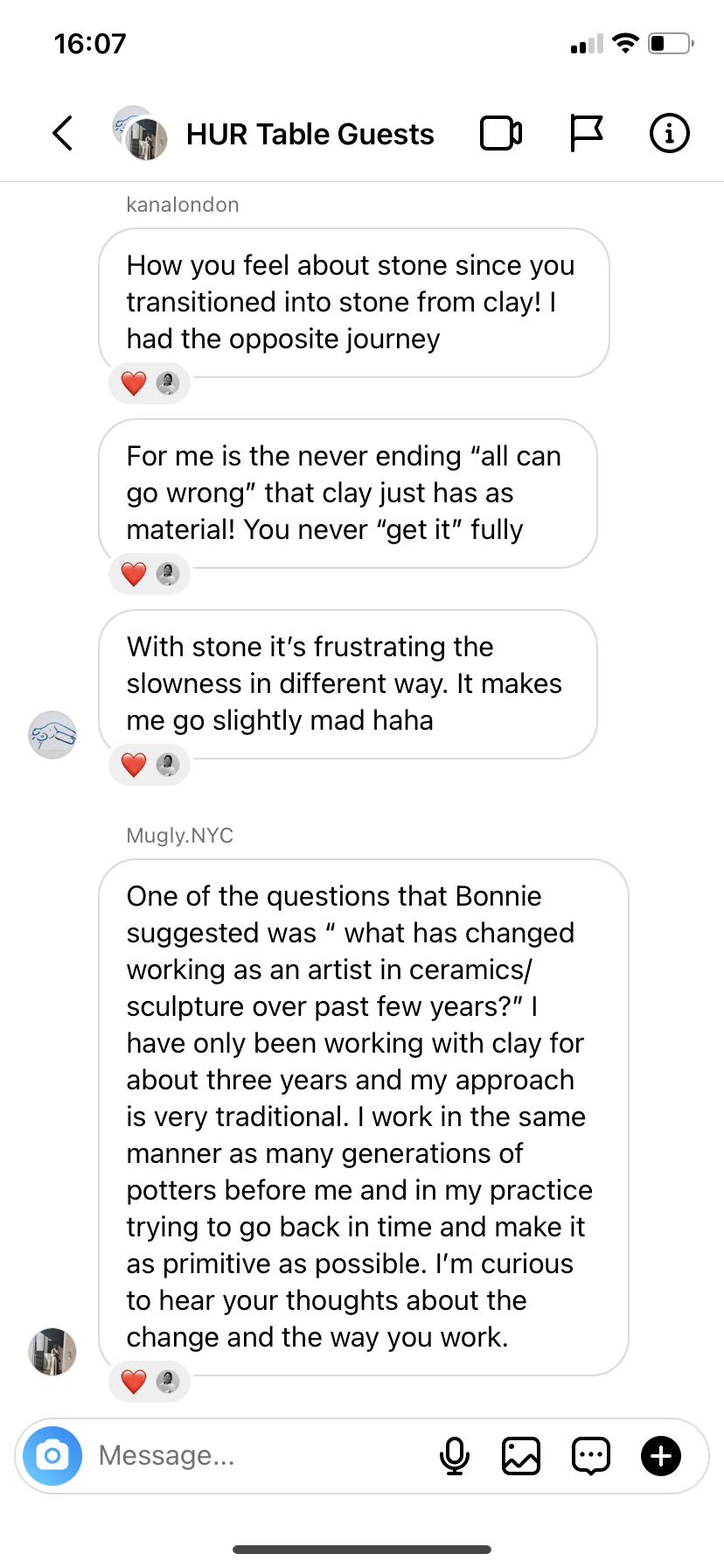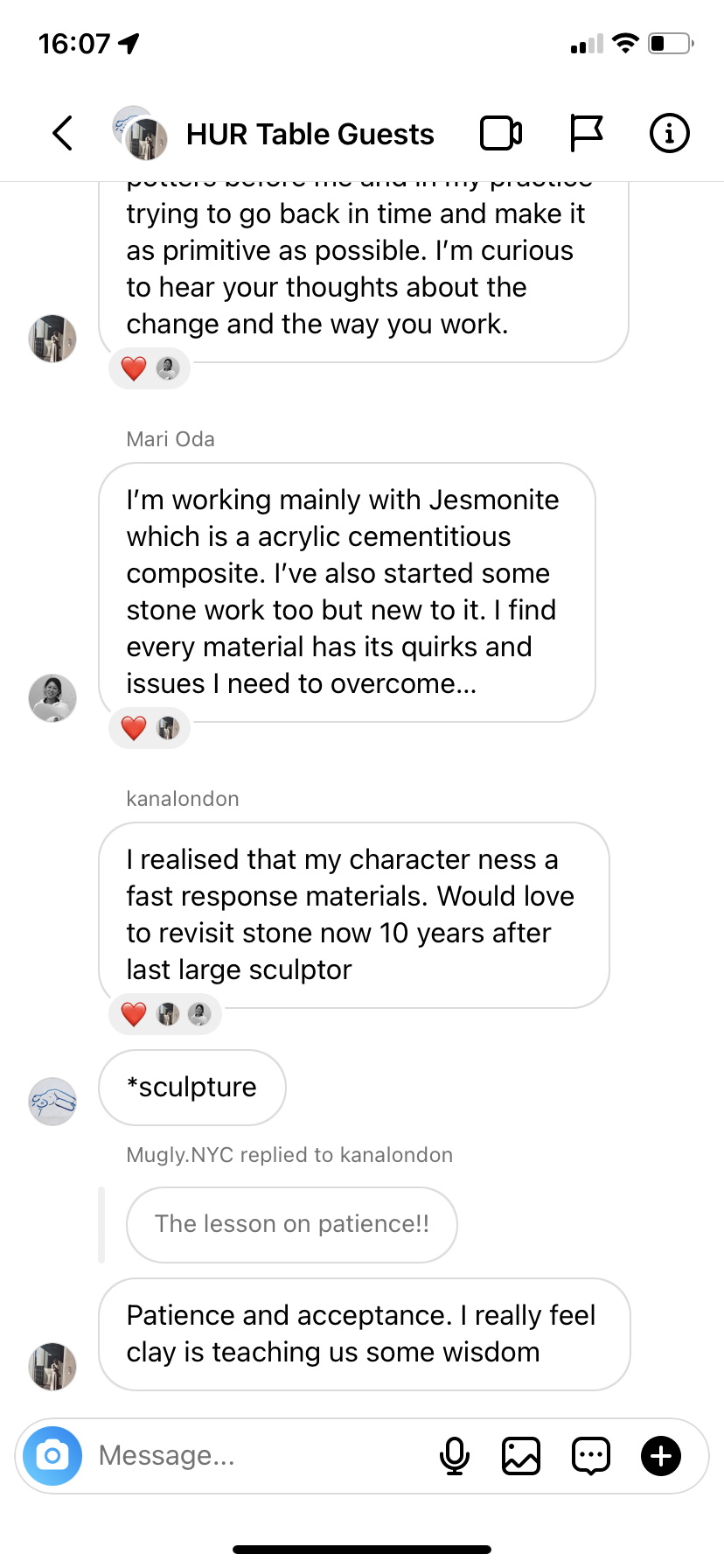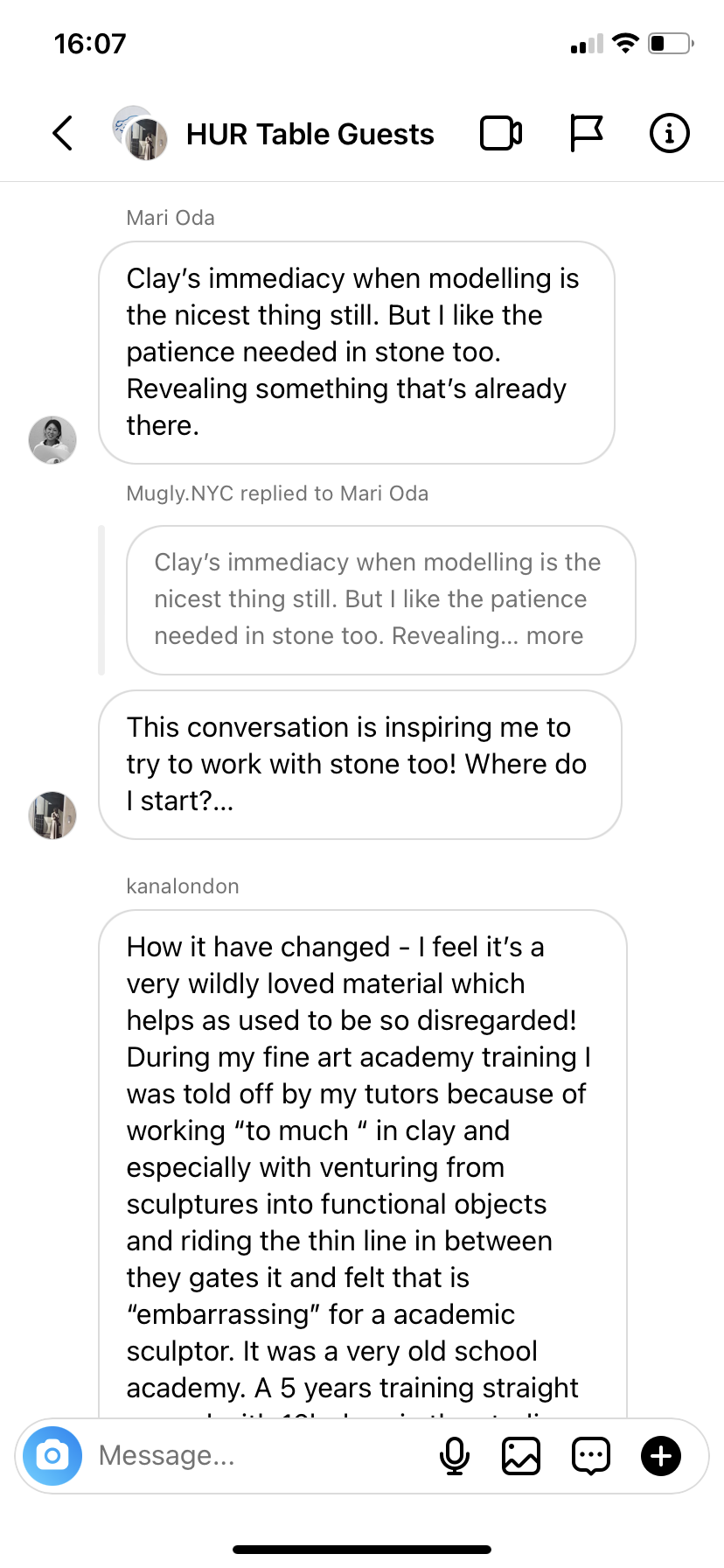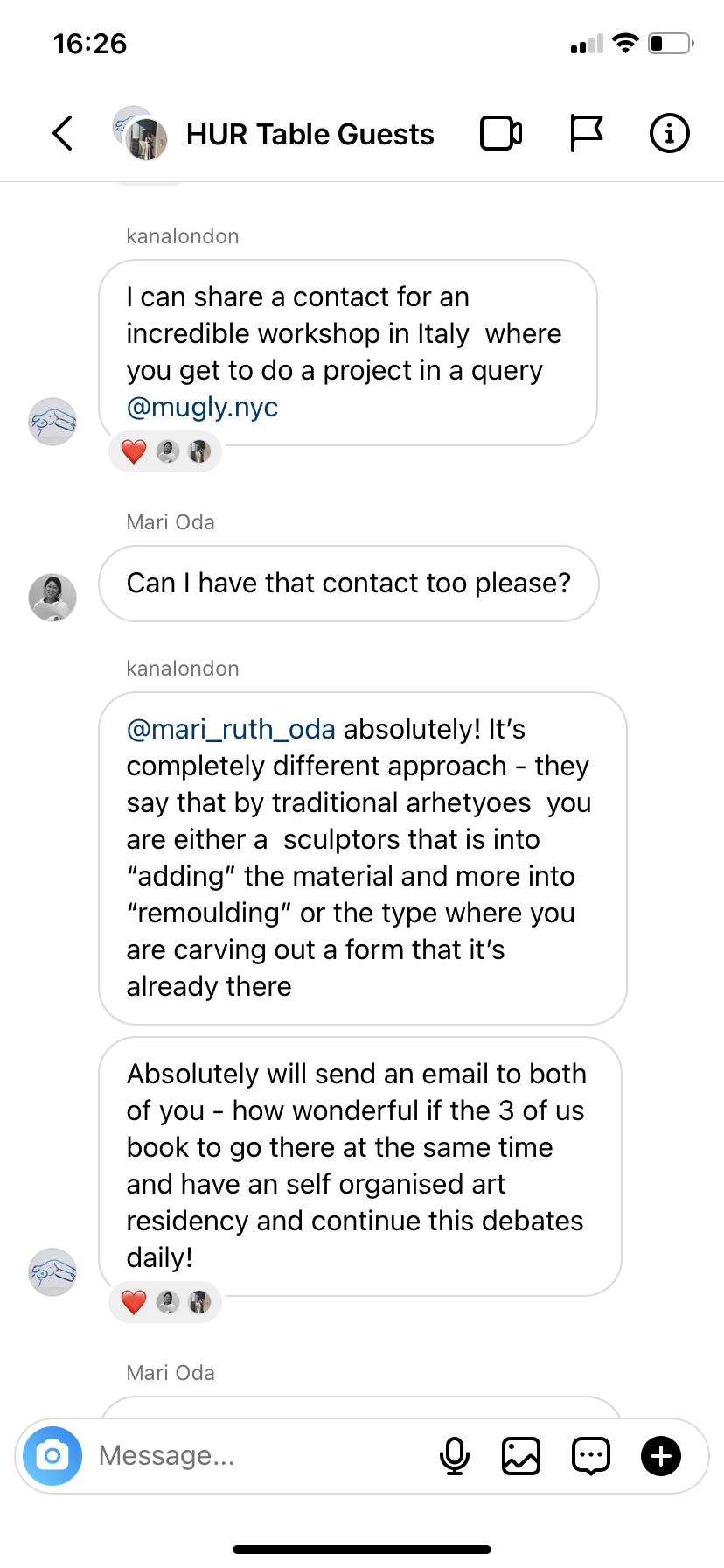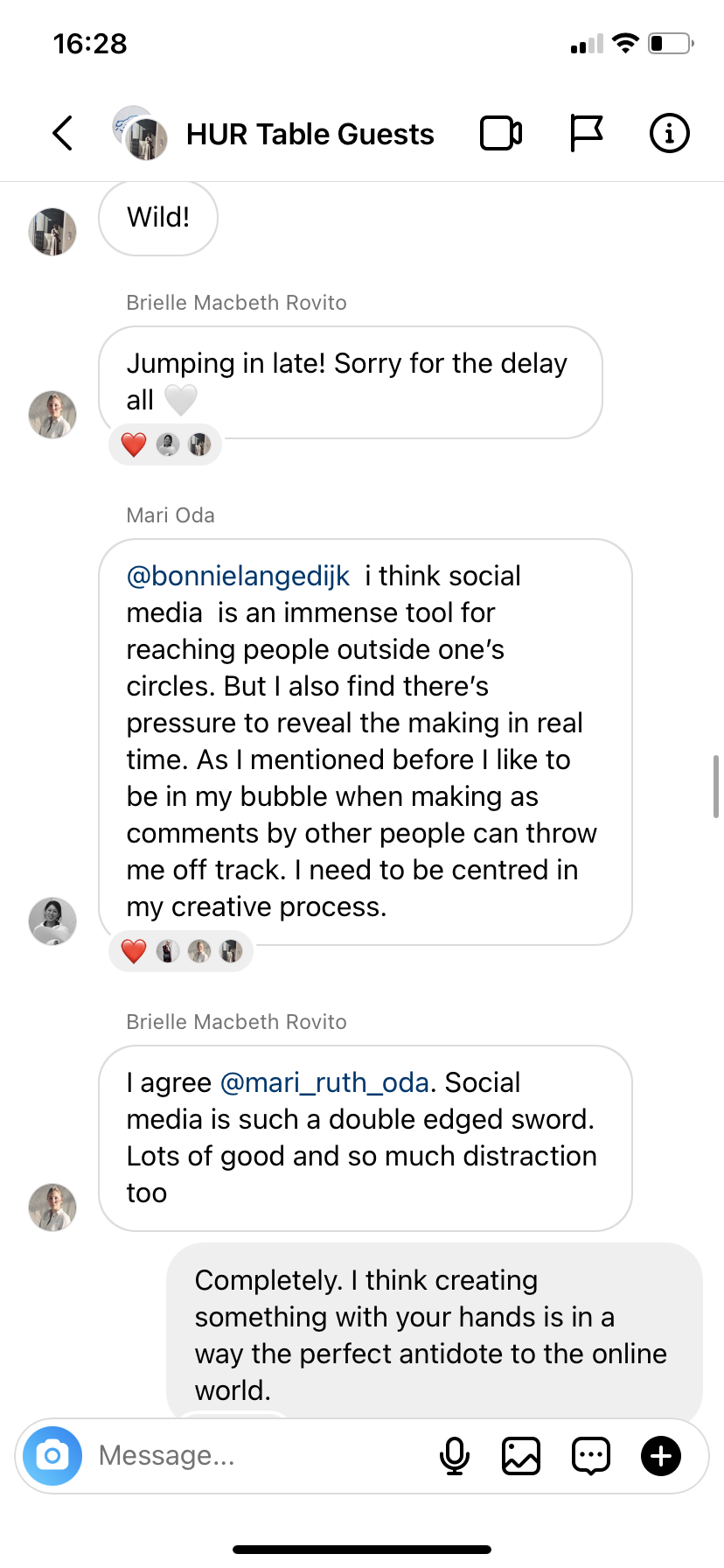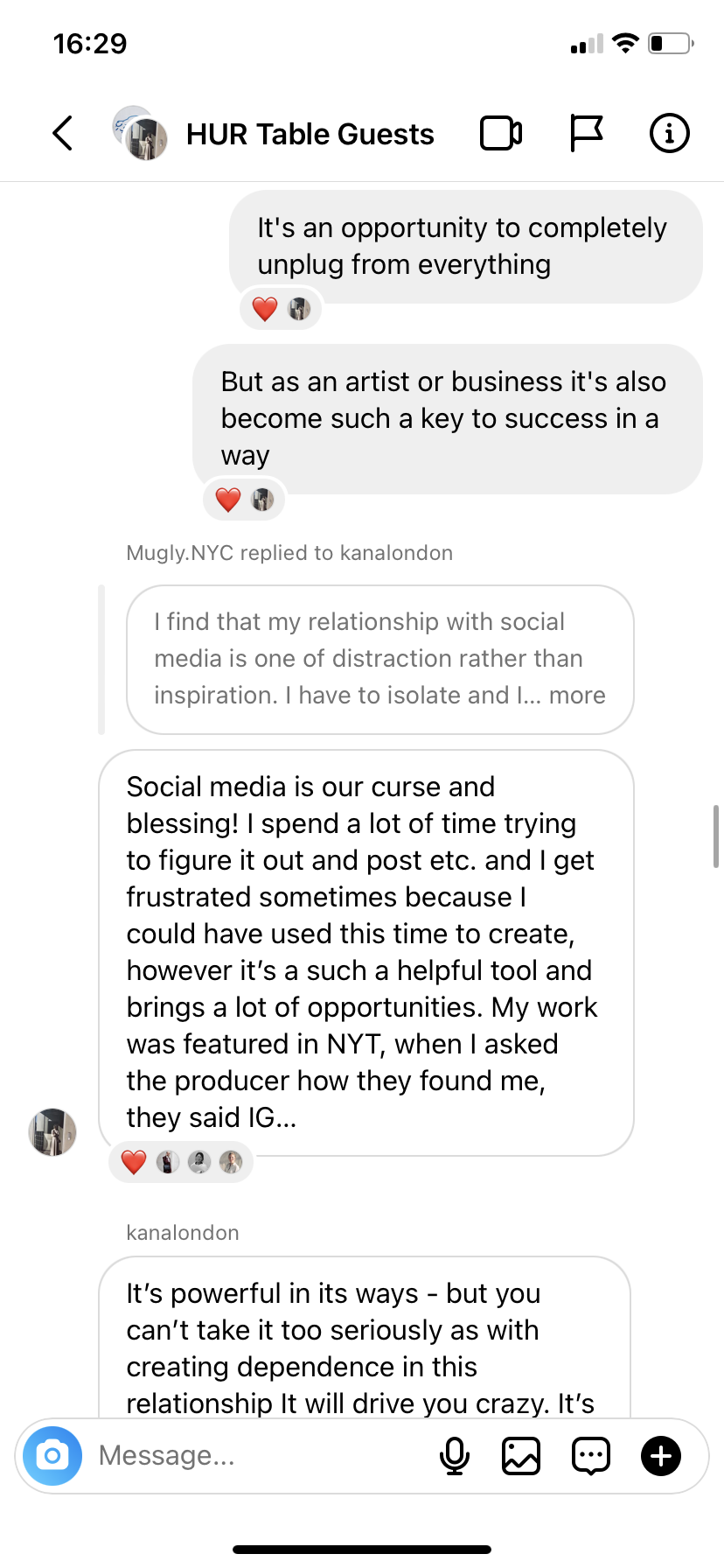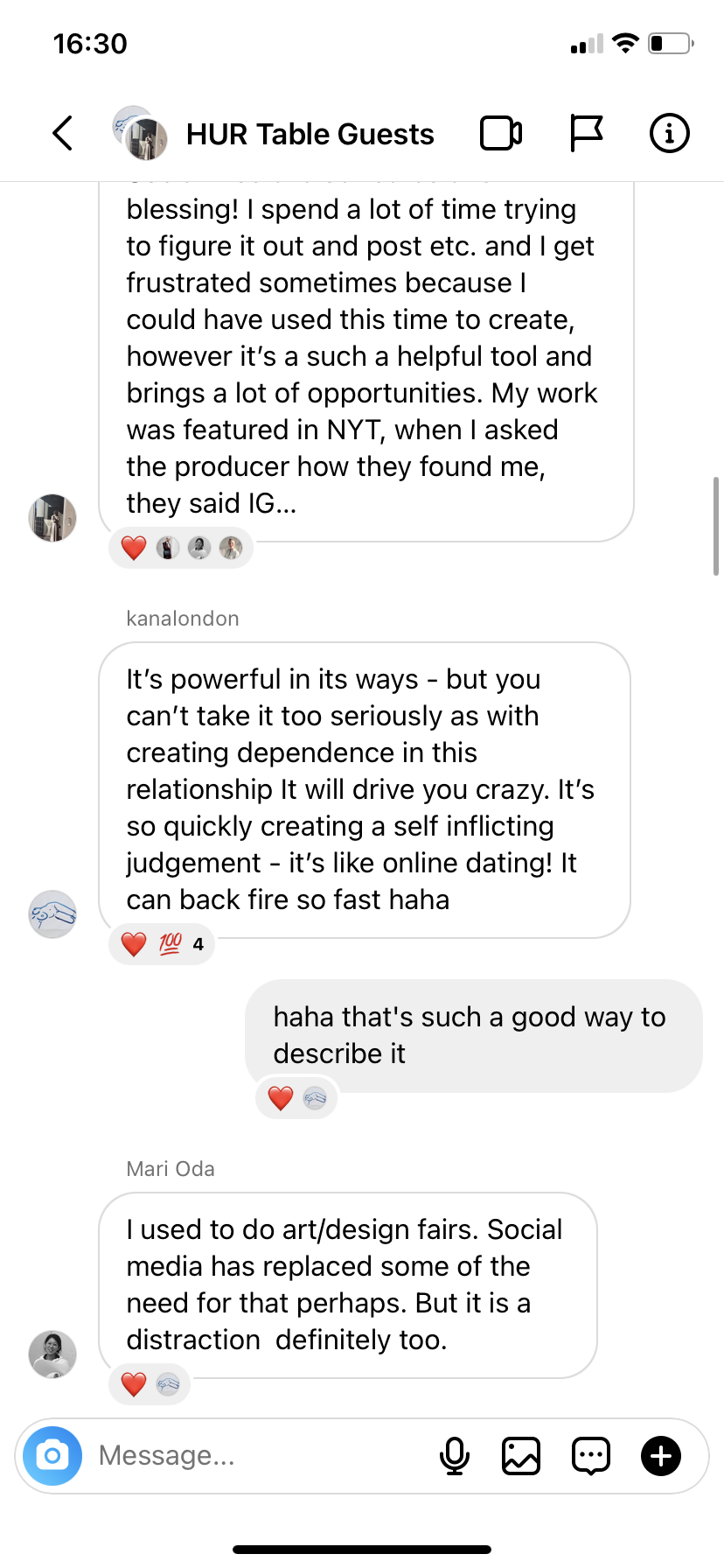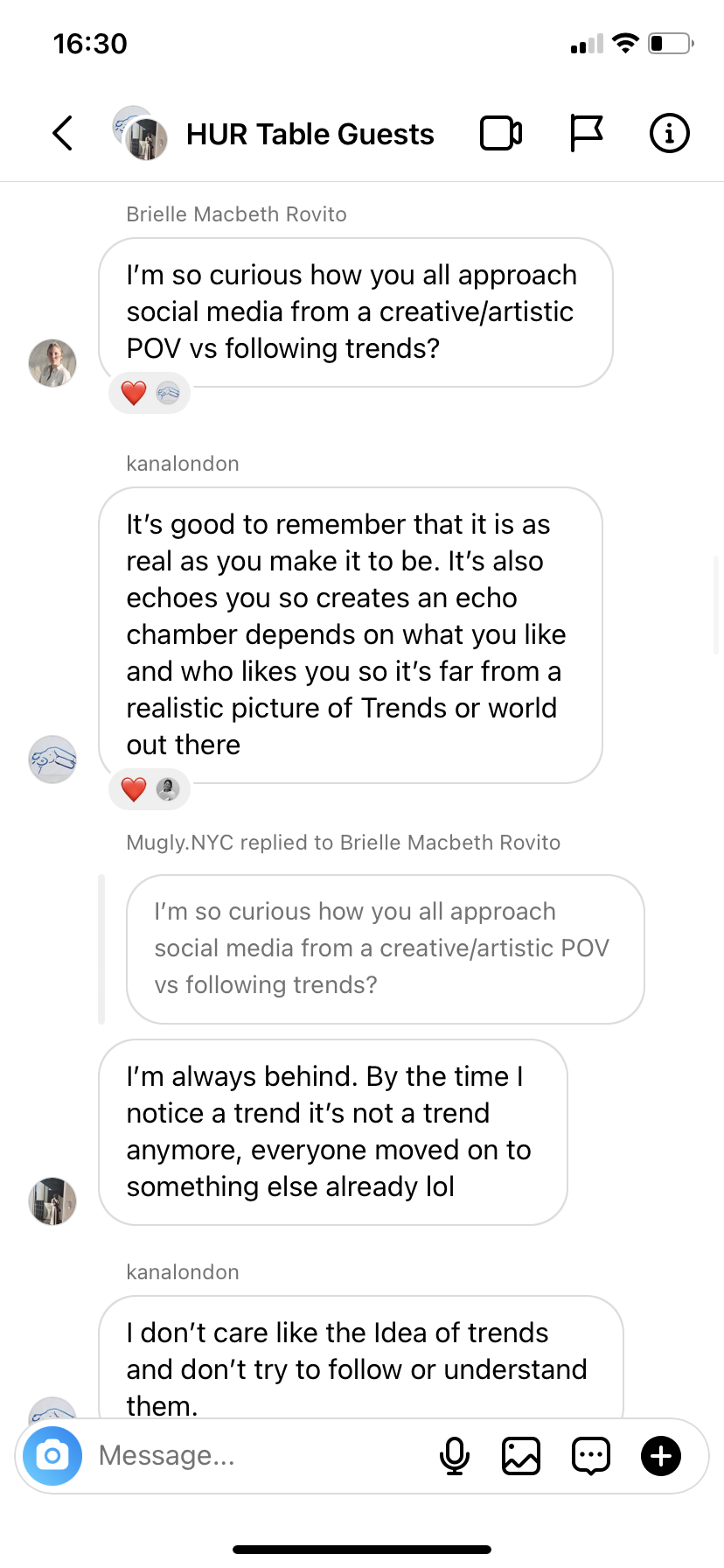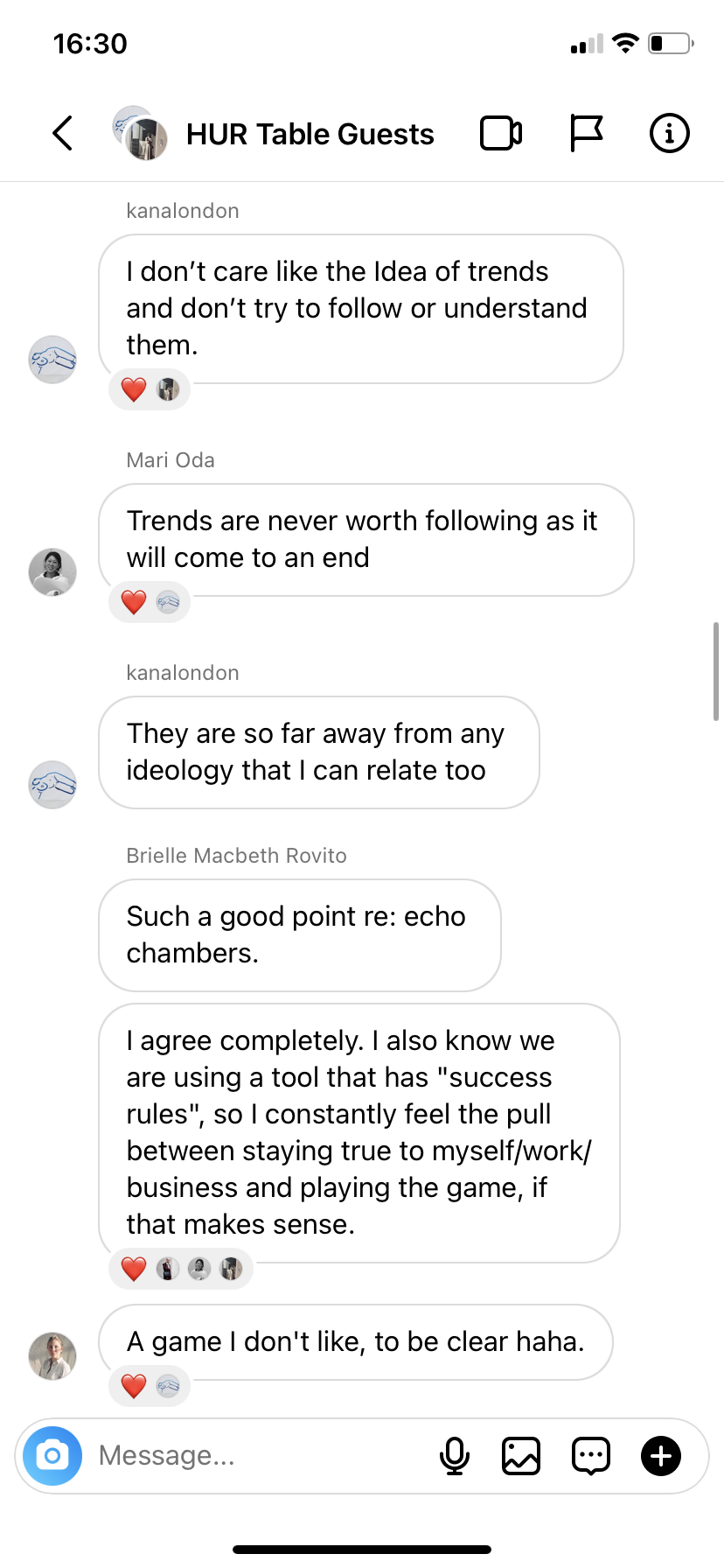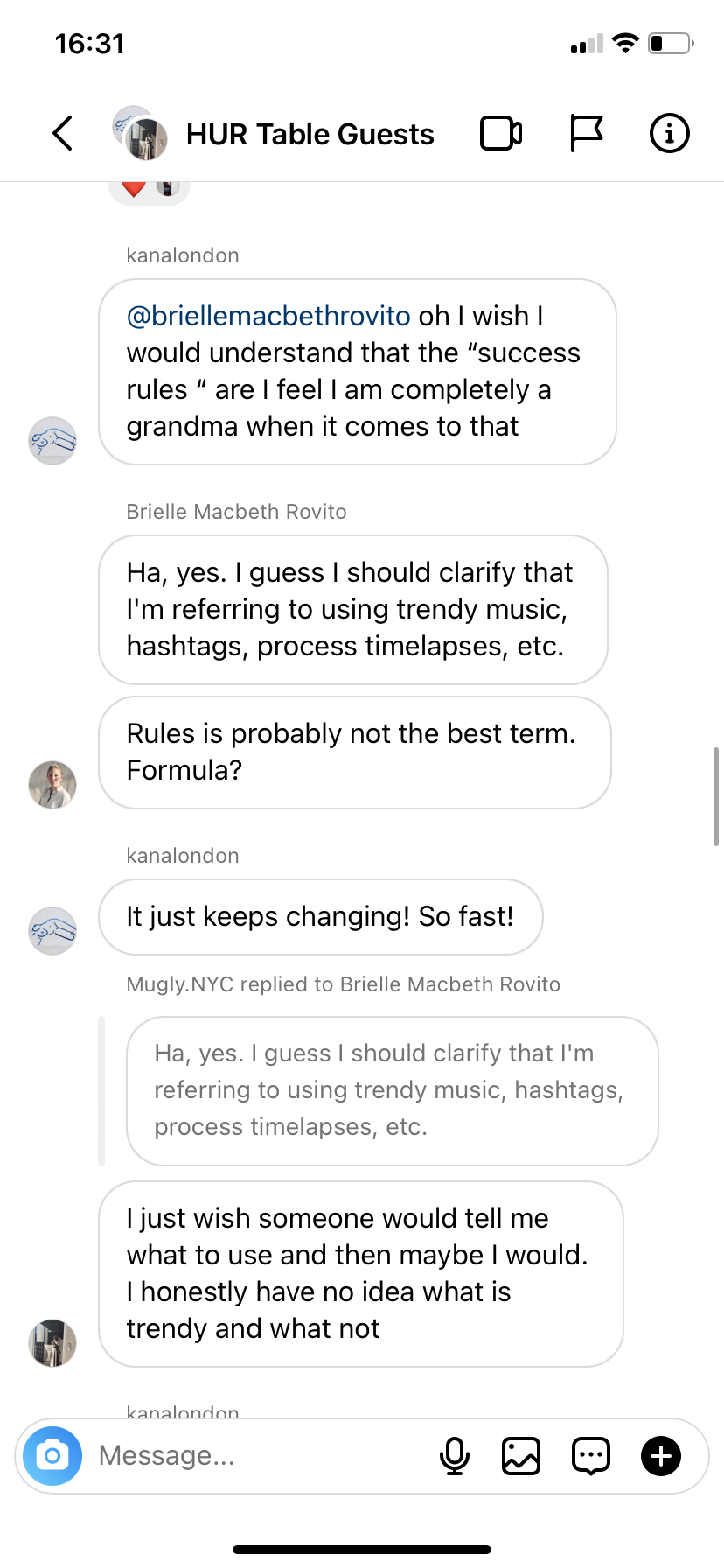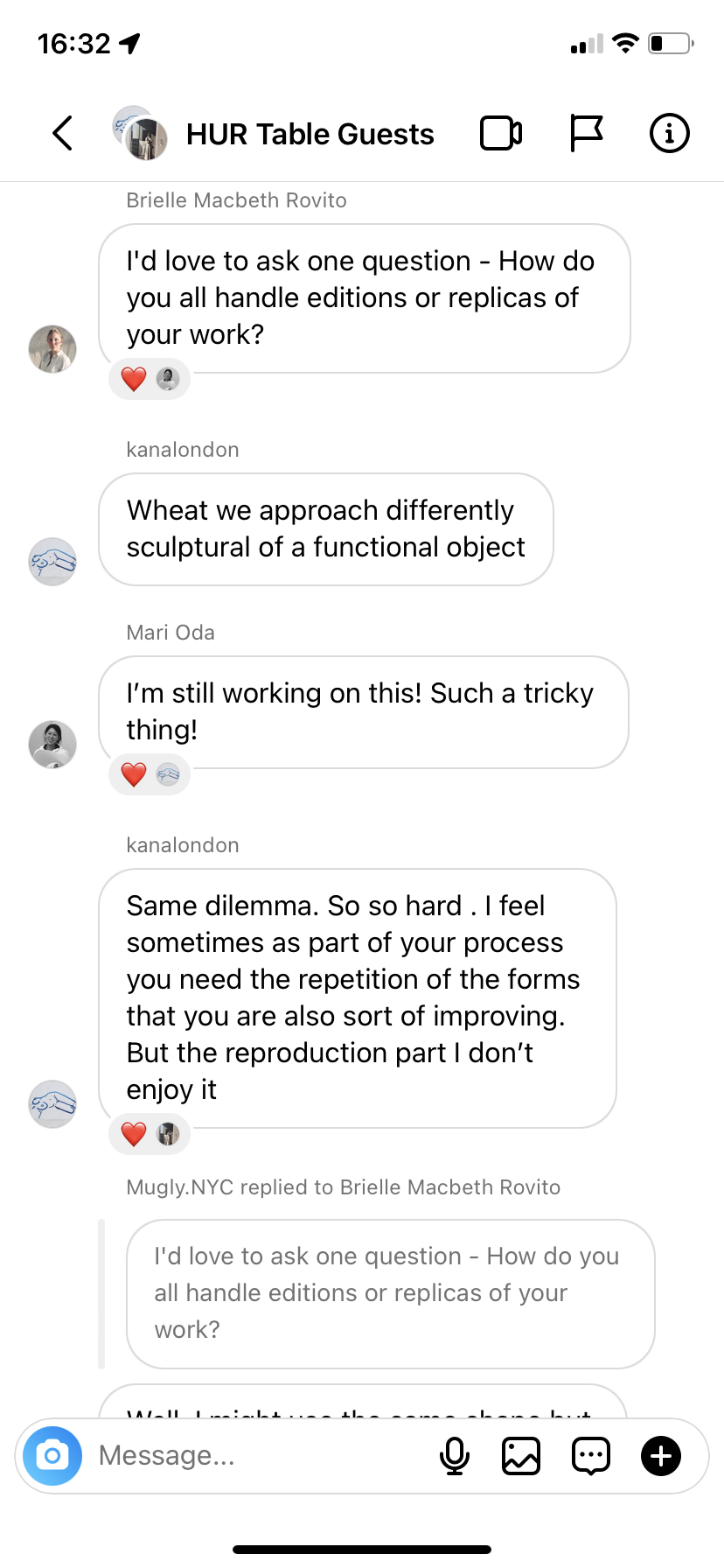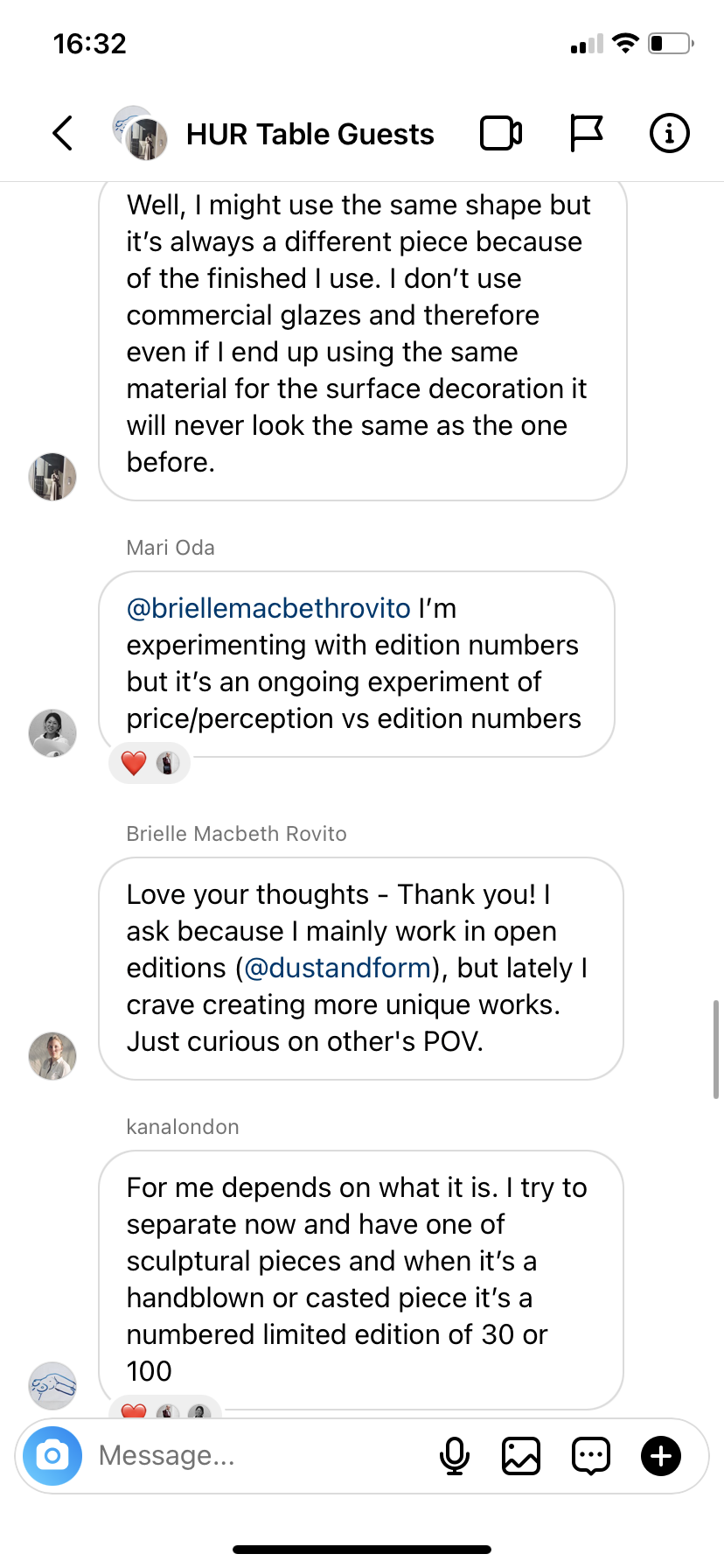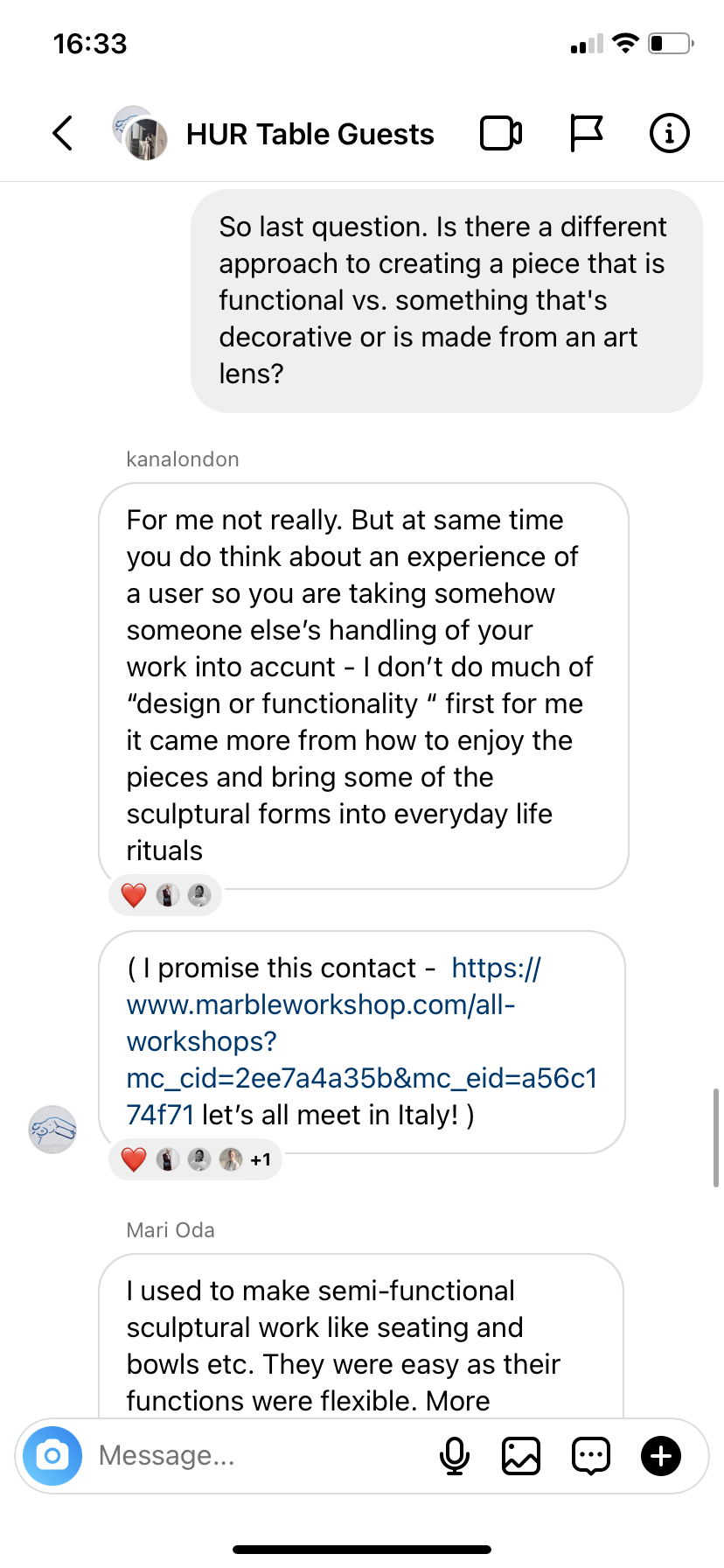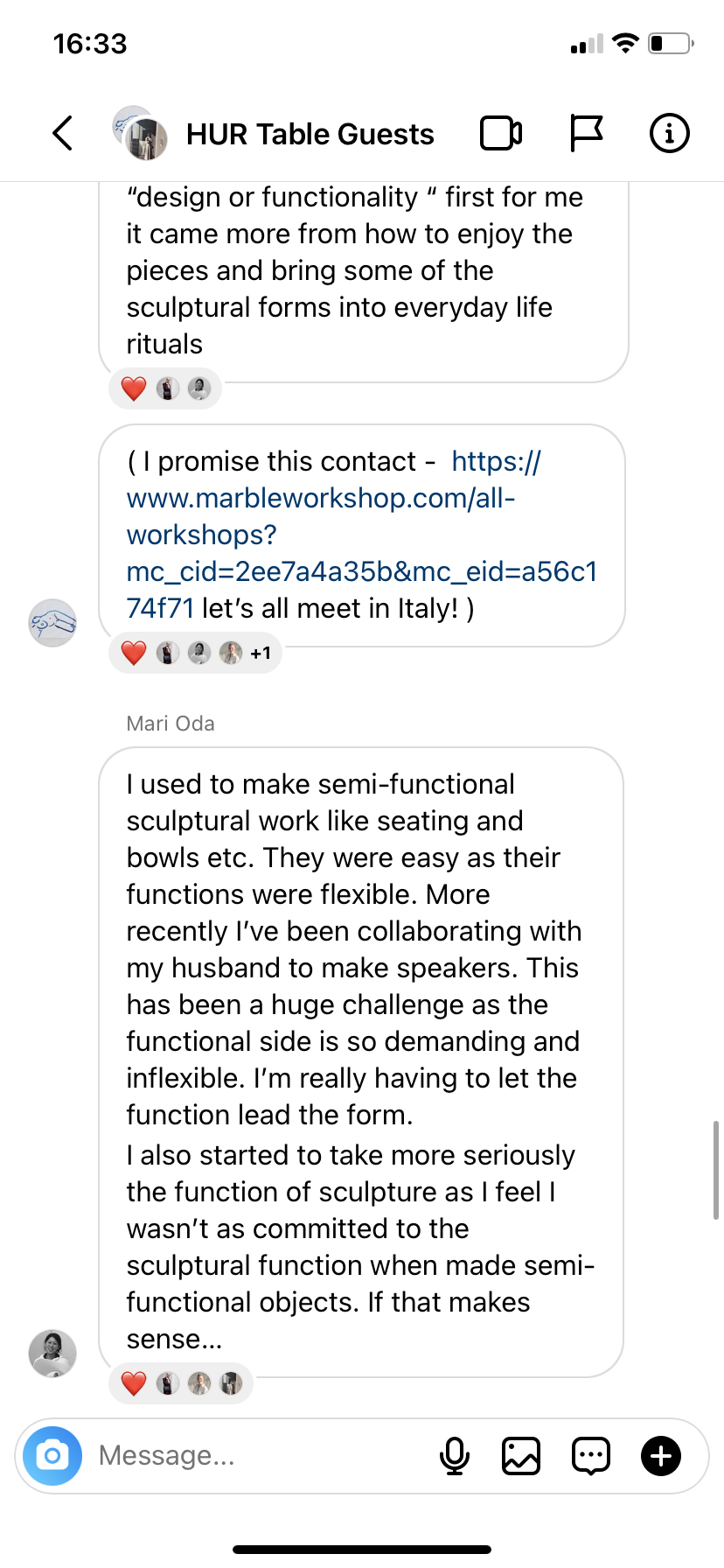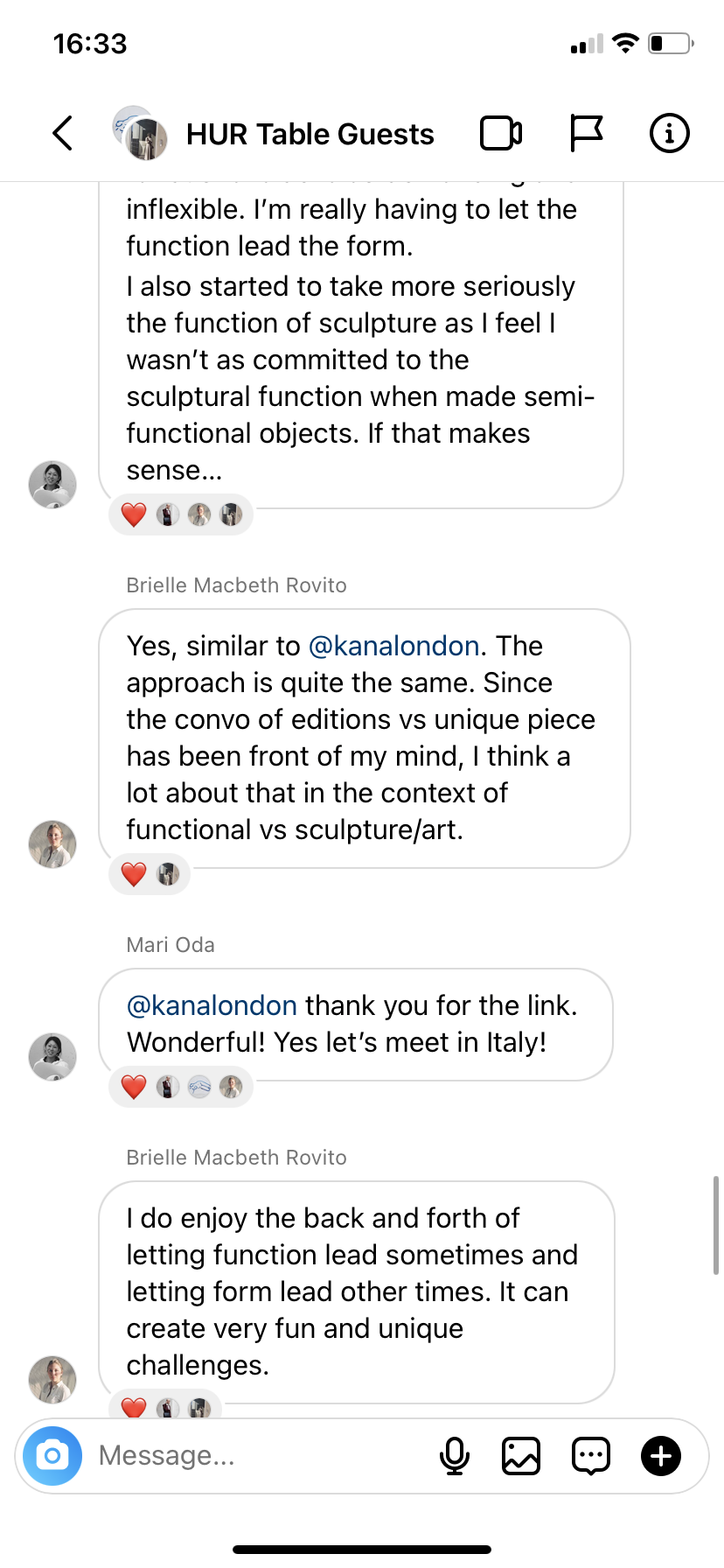How an Ancient Art Form Took the Modern World by Storm
Courtesy of Alighieri
How an Ancient Art Form Took the Modern World by Storm
With Mari-Ruth Oda, Brielle Macbeth Rovito, Ana Kerin and Ilona Golovina
By HURS Team
Ceramics and sculpture might be two of the most universal art forms. Found and created globally, artists have contributed these types of works for centuries. With some holding onto tradition and craft, while others use the same materials to create modern and contemporary works. And humans haven’t stopped embracing the art form. The global ceramics market is estimated at 118 billion dollars in 2022, and is expected to grow to 218 billion dollars by 2032. What makes particularly ceramics unique, is the way the art form blurs the lines between function and art. It makes it one of the most relatable art forms. Many modern ceramicists and sculptors understand this unique position, and have taken to social media to bring the ancient art form into modern day life. For others, creating ceramics, pottery and sculpture is their antidote to the online world. We asked four sculptors and ceramicists about their creative process, if social media has an effect on their work and if there’s a difference between creating for functionality and creating from an art perspective.
MARI-RUTH ODA
Mari-Ruth Oda is a Japanese artist based in North Wales. Her serene, emotive sculptures reflect her fascination with fluid lines and natural forms, in materials such as jesmonite, resin, bronze and ceramics. Her artworks have been exhibited internationally including the Royal Academy of Arts London, Shigaraki Ceramic Cultural Park in Japan, Musée de Carouge in Switzerland and the Victoria & Albert Museum of London. Oda is represented by Francis Gallery.
BRIELLE MACBETH ROVITO
Brielle Macbeth Rivito is the founder of Dust + Form. Rovito creates design objects and sculptures from natural materials, including the brand’s well-known comfort mug. One of the key inspiration sources for the brand is the cycle between process and refinement, mirroring the duality of life. All pieces are made by Rovito and her small team by hand from their studio in Burlington, Vermont.
ANA KERIN
Ana Kerin is a Yogoslavia-born, London-based artist and the founder of Kana London. Kerin studied fine art and sculpture at the Academy of Fine Art and Design in Slovenia, and the National College of Art and Design in Dublin. Kerin works across different mediums, from charcoal to canvas and clay with a focus on free-form shapes. Through Kana, Kerin has been able to apply the principles of her art into functional ceramics.
ILONA GOLOVINA
Ilona Golovina is a ceramic artist living in New York. She's the creator of the lifestyle brand Mugly.NYC. Inspired by ancient ceramics, Golovina intentionally leaves imperfections to give her work a timeless feel. The textures, flaws, and unique variations transform mundane objects into works of art. Golovina's work has been exhibited in New York, Milan and Athens, and has been featured in T-Magazine, AD Italy and Domino Magazine.
We asked four sculptors and ceramicists about their creative process, if social media has an effect on their work and if there’s a difference between creating for functionality and creating from an art perspective.

